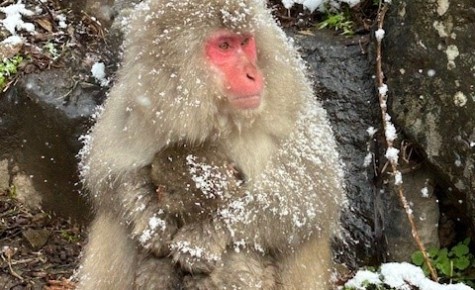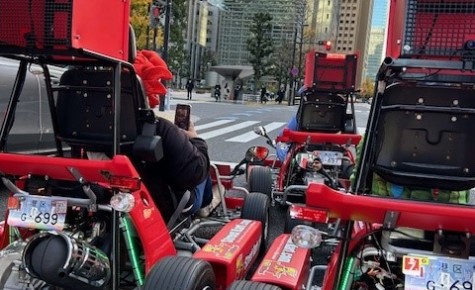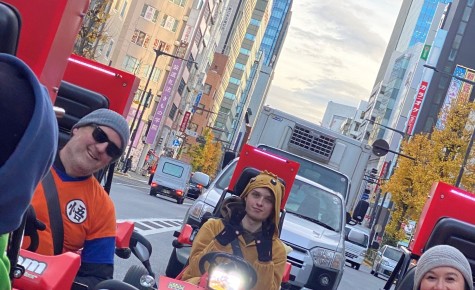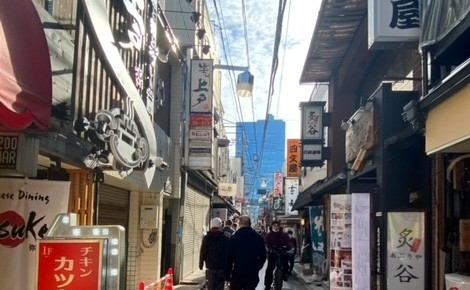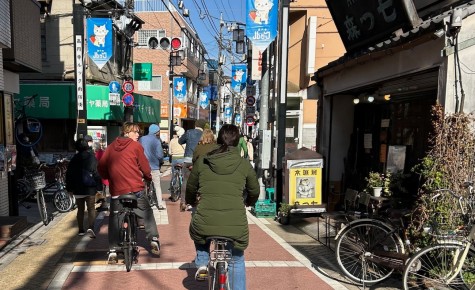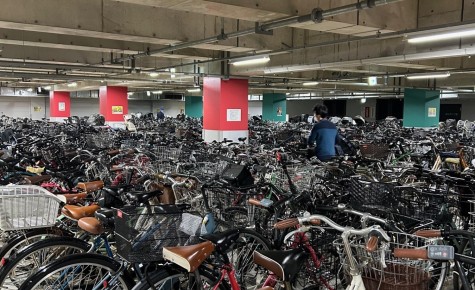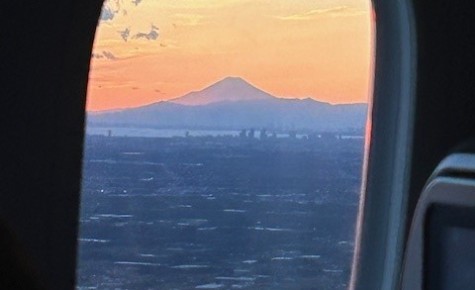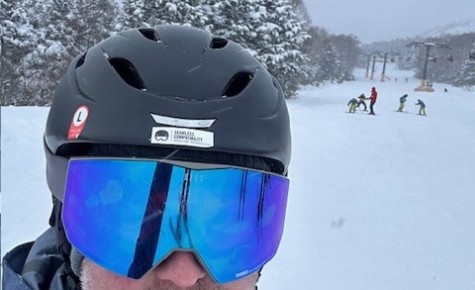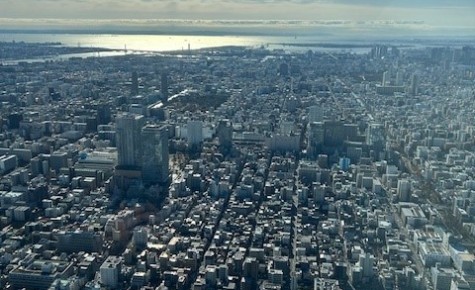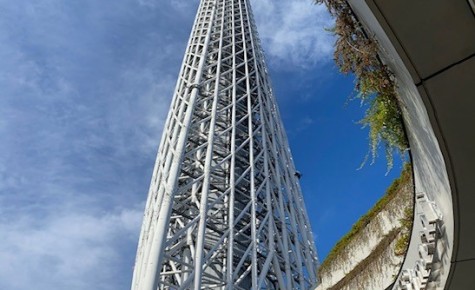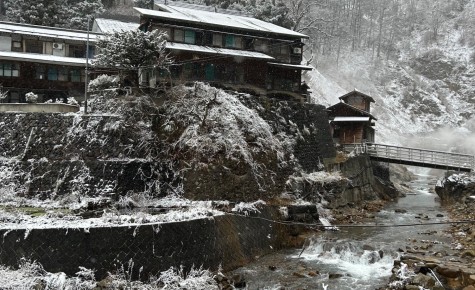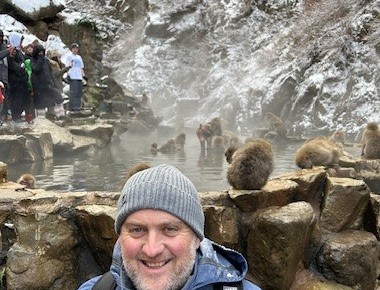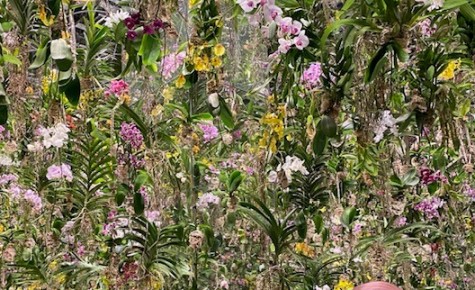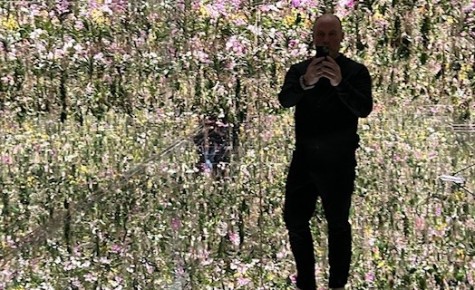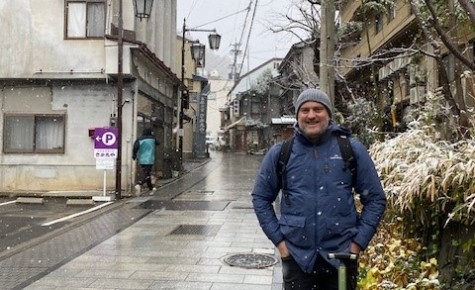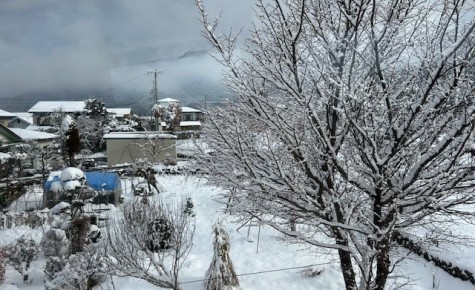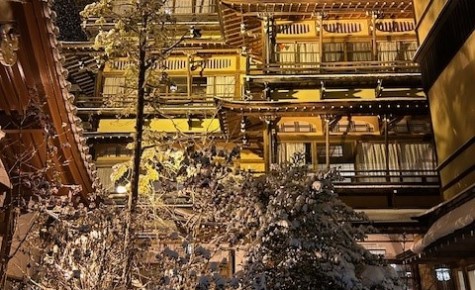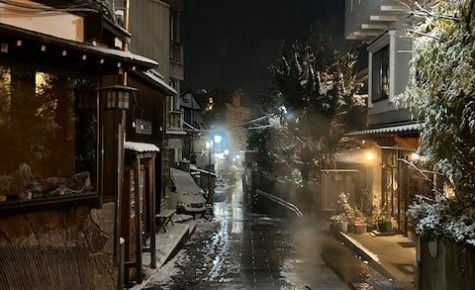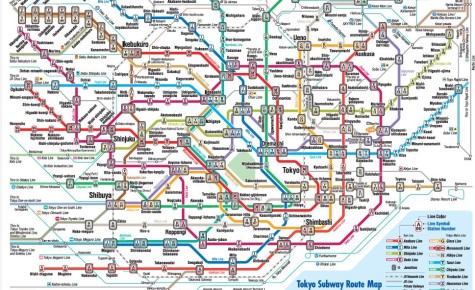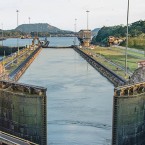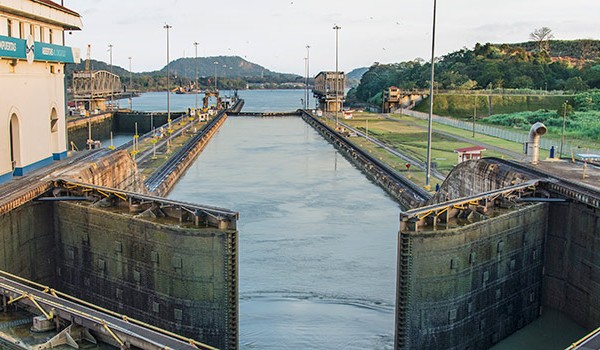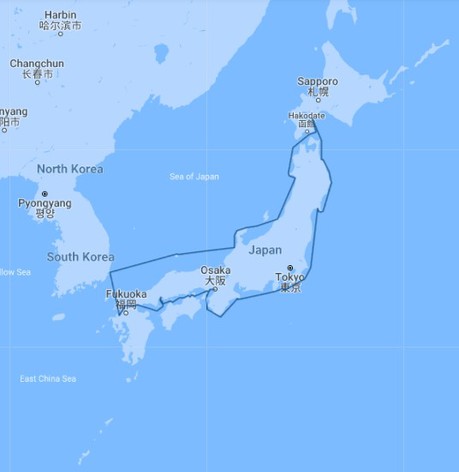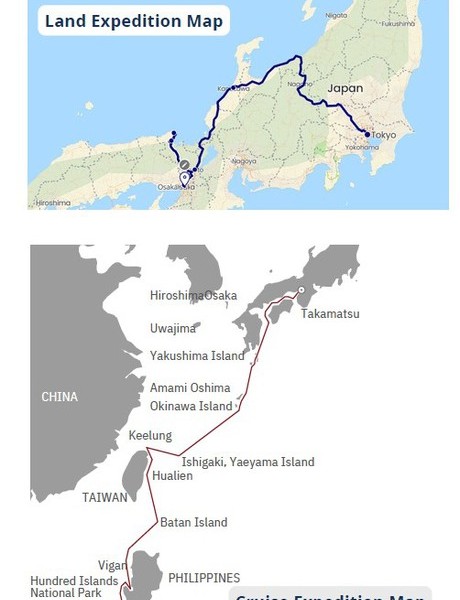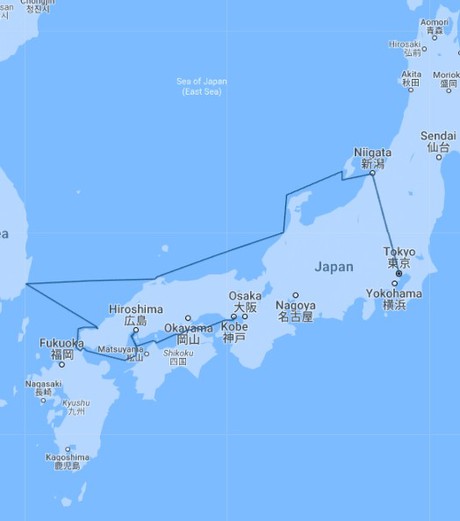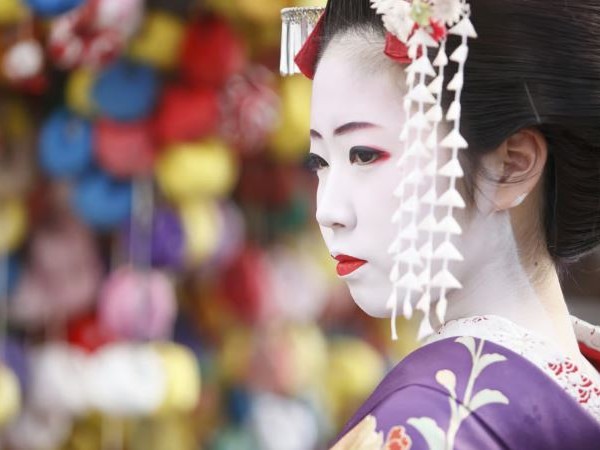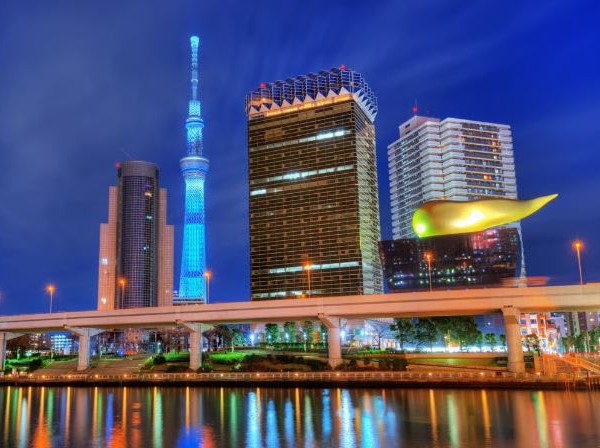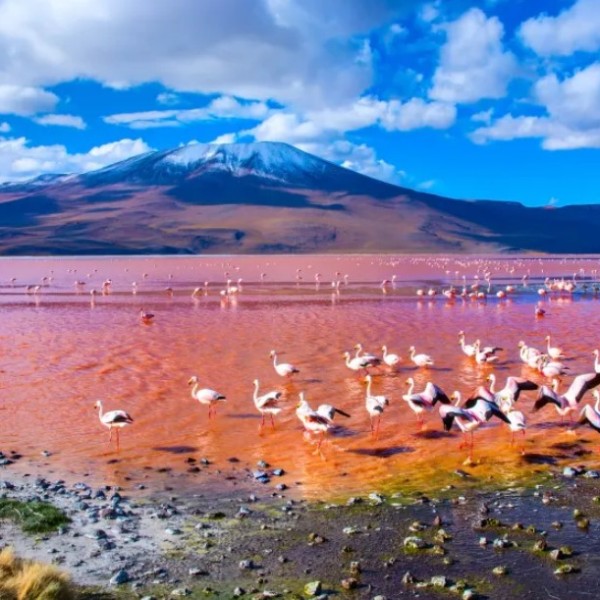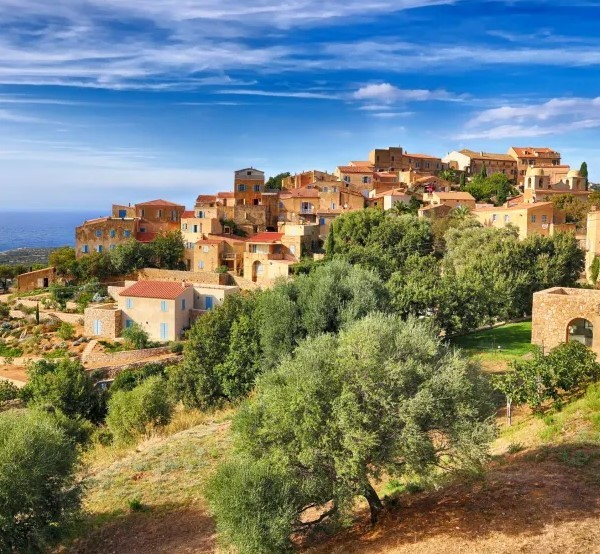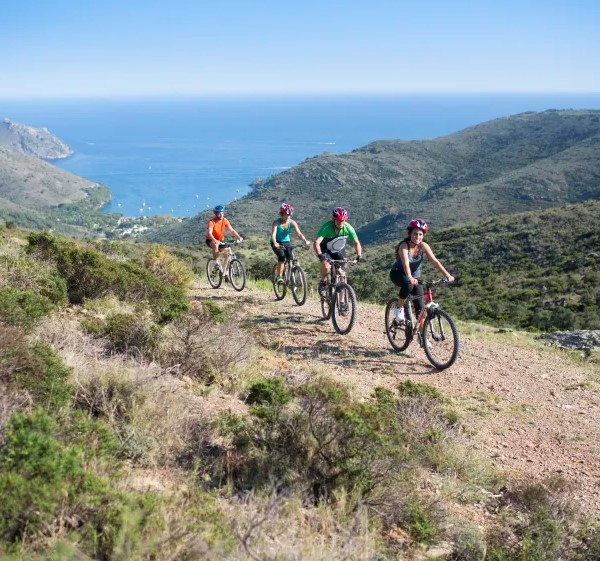Japan is certainly a ‘hot’ destination for Discover Travel presently, with unprecedented levels of interest in this most fascinating of countries since they dropped all restrictions in April 2023. My last trip there was in April 2019 when I walked the Nakasendo Trail, so I jumped at the chance to enjoy a week there with my family before Christmas. Flying with Air New Zealand, we enjoyed great views of Mt Fuji on approach into Narita, then hopped on the train to our accommodation near Shiba Park in Minato City. We spent a total of 6 nights in Tokyo where we attempted to see and do as much as possible! The weather in Tokyo in December is great – cool to cold, but dry and clear skies.
Japan is great value for money for Kiwi travellers with the NZD$ buying 90 Yen currently, so eating and drinking out is comparable with being at home. We bought 72hr (1500yen) and 48hr (1200yen) Tokyo Metro passes and we certainly got full value from these! It’s a good idea to have Google/Apple Maps on your phone as navigating in Tokyo is always in 3D – where you are heading might be above or below you! You do a lot of walking in this most amazing of all ‘mega cities’ and navigating a lot of steps as you pass through metro and train stations; we were averaging over 15,000 steps per day, so comfortable shoes are a must. At first glance, the Metro map looks like a confusing pile of multi-coloured spaghetti thrown at a wall. To add to the confusion, there are two separate metro systems (Tokyo Metro and Toei) covered by the Pass, but you quickly get familiar with it as signage is excellent. Since recently hosting the Winter and Summer Olympics, Football & Rugby World Cups, all station signage is now in English as well as Japanese, and the bigger stations have tourist offices. My 19 & 17 yr olds were happily exploring this incredibly safe city via the Metro on their own by the end of our stay. It does seem odd at first to see very young local school children travelling independently on the trains and walking unaccompanied through these vast and very busy stations, but there’s no suggestion that they would be unsafe given that the notion of collective responsibility is ingrained in Japanese culture.
We did all the usual fun tourist things, including a trip up the Tokyo Skytree (the world’s 3rd tallest structure!), the famous shrines and temples of Asakusa, Christmas decorations in Roppongi and the bright lights and world class shopping in Ginza, Shibuya & Shinjuku. We enjoyed the famous neon drenched Shibuya Scramble Crossing at night, lively Shimbashi and the famous youth & tech culture of Harajuku and Akihabara. Oh and of course we enjoyed some incredible food – I don’t think I’ve ever had a disappointing meal in Tokyo, and if you love sashimi, ramen, yakitori, sushi, teppanyaki etc you’re in a for a real treat, but it does pay to book ahead – neighborhood eateries are often tiny with just a few tables, and as most locals live in tiny apartments, eating out is the norm in this city. You will also spend a lot of time popping into convenience stores to buy some amazing snacks to eat on the go – there’s thousands of Lawsons, Family Marts & 7-ELEVENs all over the city and they’re great value for money.
We also tried some fun new activities, including the truly bonkers ‘Street Kart‘, where you dress up as cartoon/anime characters and drive a go-kart at speeds up to 60kph (trust me – that feels much faster when you’re that close to the ground!) on Tokyo’s main streets in traffic. I appreciate this might sound crazy, and something that the normally very orderly Japanese wouldn’t condone, but armed with our passports, International Driving permits and NZ licences we gave it a go from their Akihabara base (they also offer this in Shibuya and Tokyo Bay) and we had so much fun. We travelled in tight groups of a maximum of 6 karters, with an expert guide to navigate the streets. Hurtling down Ginza’s main street with a big grin on our faces was one of the absolute highlights of the trip!
Another ‘off the beaten track’ highlight was a cycling and foodie tour of West Tokyo with a local guide. We met our guide Andy at Koenji station and set off by bike for a 1/2 day peddle around the narrow laneways in a much more ‘local’ part of the city, learning about the day-to-day life of west Tokyo residents and trying out some delicious ramen and other local delicacies along the way. Andy proved to be a fantastic guide and we gained a lot of honest insight into a culture that is often quite tricky to understand for Westerners. I’ve never seen an indoor ‘bike park’ the size of a car park before, but Nakano had several!
Another ‘must do’ is Team Lab Planets – an immersive art facility with digitally created art work spaces museum in Tokyo Bay. To get there, we hopped on the new Yurikamome Line (confusingly, not part of the Tokyo Metro Pass); it’s a monorail that traverses Tokyo Bay with great views of the Rainbow Bridge. I’ve never taken off my shoes and rolled my trousers up to wade through water at a museum before, it’s quite an experience!
Leaving Tokyo, any trip on Japan’s Shinkansen (‘bullet’ trains) is an exercise in incredible precision and efficiency. We took JR East’s Hokuriku Shinkansen from Tokyo Station to Nagano, a journey of 1hr 28mins (exactly!) at 260km/h. As this was the only Shinkansen journey we were taking, we didn’t opt for a JR Railpass this time, but that’s a good option if you are taking 3 or 4 long rail journeys. We then changed onto the Nagano Dentetsu limited express (slower) train for the 1 hour climb into the mountains to the terminus at Yudanaka. From there we hopped on a local bus to get to our traditional ryokan (japanese inn) in the lovely alpine onsen (hot springs) village of Yamanouchi. Our ryokan had 9 separate private onsen that guests could book, the hosts were lovely and very hospitable and the traditional in-house bento-style breakfasts and dinners were fabulous. Staying in a ryokan, dressed in the traditonal yakata and sleeping on futons is a wonderful experience and you see lots of guests strolling around the village dressed in yakata for a soak in one the numerous public onsens.
From there it was just a short bus ride to the famous ‘snow monkey’ park at Jigokudani, and we were lucky to see these fascinating animals with the snow falling around us. It’s a 2km walk in from the park entrance on well graded paths then there’s a ticket office just before the valley where the majority of the monkeys are found bathing in the hot pools. It’s a popular tourist spot with plenty of visitors, but what surprised me were how unbothered the monkeys were by their visitors and how close they get to you. Seeing the mothers with newborn babies was very special.
A few more minutes up the mountain by bus is the gigantic resort of Shigakogen, one of Japan’s oldest and largest ski fields, made up of 18 separate mountains with elevations up to 2100m and a network of shuttle buses connecting them. Only 3 of the 18 mountains were open when we were there as it was very early in the season just before Christmas, but there had been a decent dump of snow in the 48hrs before we arrived so we enjoyed some powder and my son pronounced it ‘much better than Mt Hutt’. He even enjoyed a free ride on a skidoo (long story!). Lift passes and gear hire were very reasonably priced and easy to organize.
This was my third trip, and I’d go back to Japan every year if it was practical. The contrast between the formality of traditional Japanese culture and the eye-popping vibrancy of its youth culture is endlessly fascinating, people are (very) polite and friendly, it’s got to be the safest country on earth, there’s a real diversity of fun experiences on offer and the food is out of this world!





